




With advances in technology, the electric toothbrush industry has seen innovative features such as the smart screen. Many electric toothbrushes now come with screens that provide real-time brushing feedback, timers, and reminders. In this article, Powsmart, we will explore the “Pros and Cons of the smart screen” and its impact on the user experience, along with insights from an experienced electric toothbrush manufacturer.
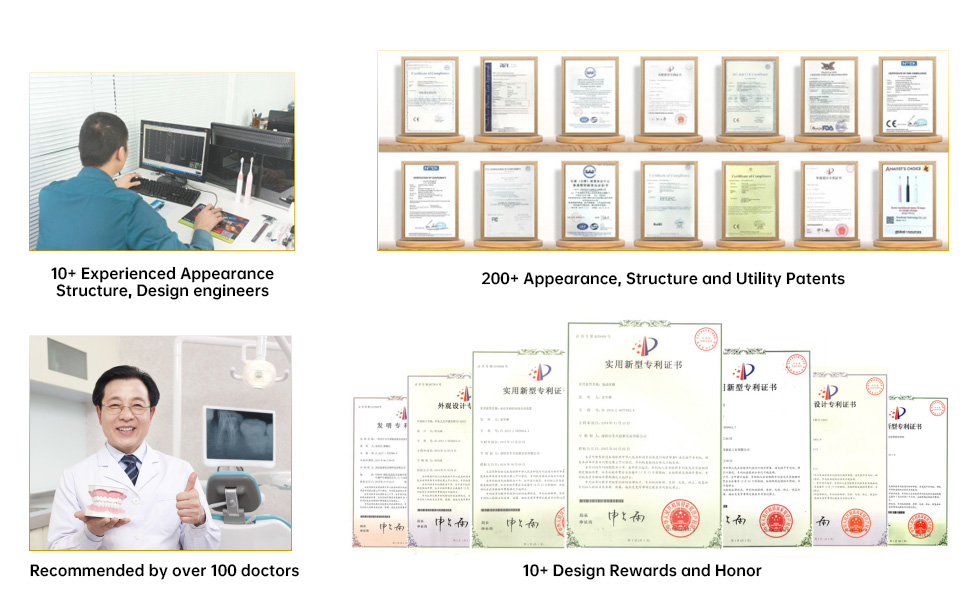
An electric toothbrush factory that introduced smart screen models noticed a 20% increase in customer engagement with their brand, especially among tech-savvy consumers. However, they also received feedback from some users that battery life was an issue due to the added screen. In addtion, Bluetooth app and smart screen bug problems are also more feedback. This case highlights both the appeal and limitations of this technology, as the factory continues to refine its product for optimal balance between functionality and user convenience.
The “electric toothbrush smart screen” function offers a unique combination of user engagement, guidance, and personalization, which enhances the overall brushing experience. However, these benefits come with trade-offs, such as increased costs, more technical after-sales problems and battery usage. By weighing these “Pros and Cons of the smart screen function,” consumers can make more informed decisions on whether this feature aligns with their dental care needs. Meanwhile, manufacturers and electric toothbrush factories like Powsmart is likely to continue innovating to address these challenges, making future models more efficient and affordable.
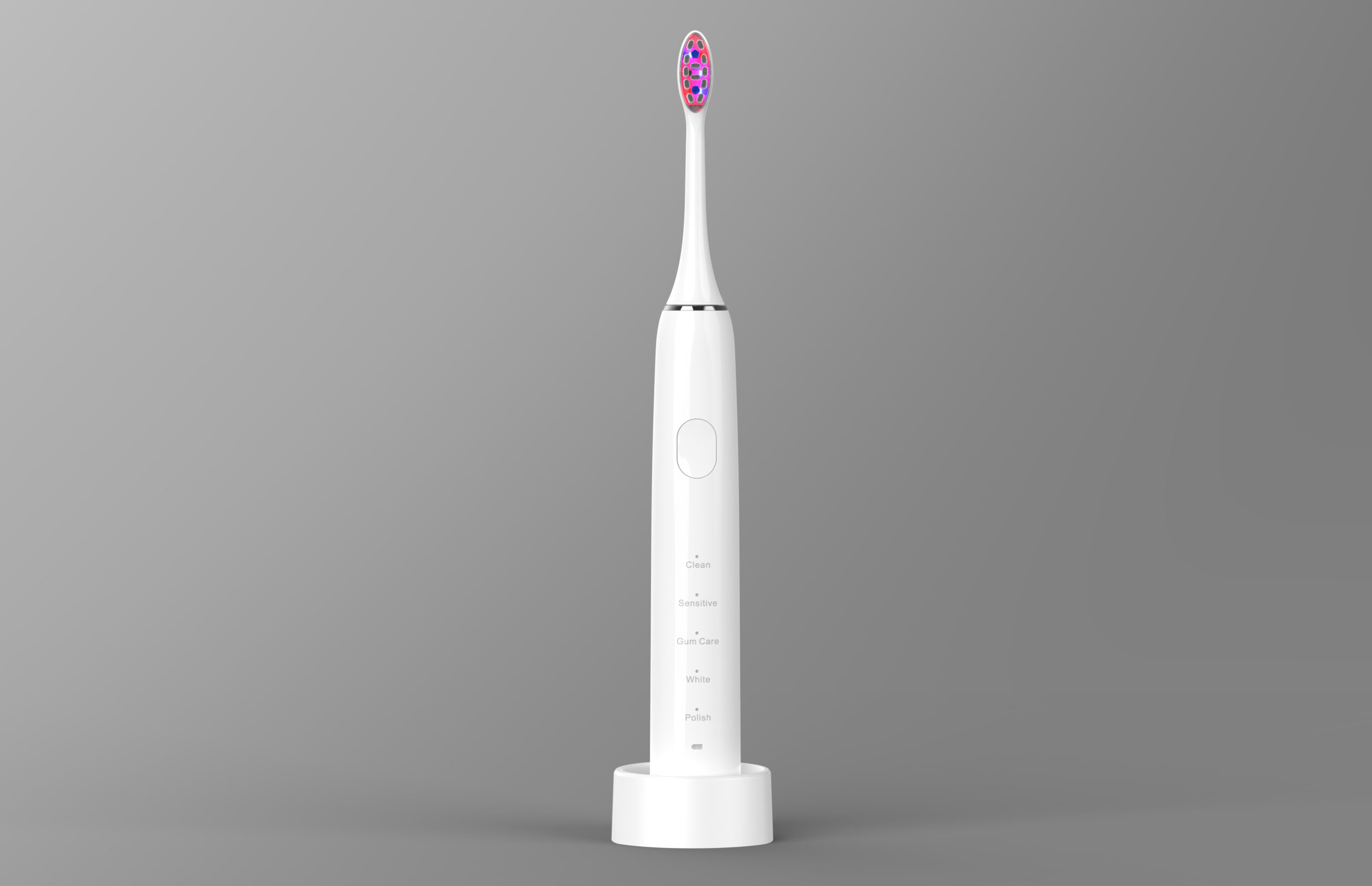
Interested in Whitening Pen OEM or Wearable Whitening Strip Development?
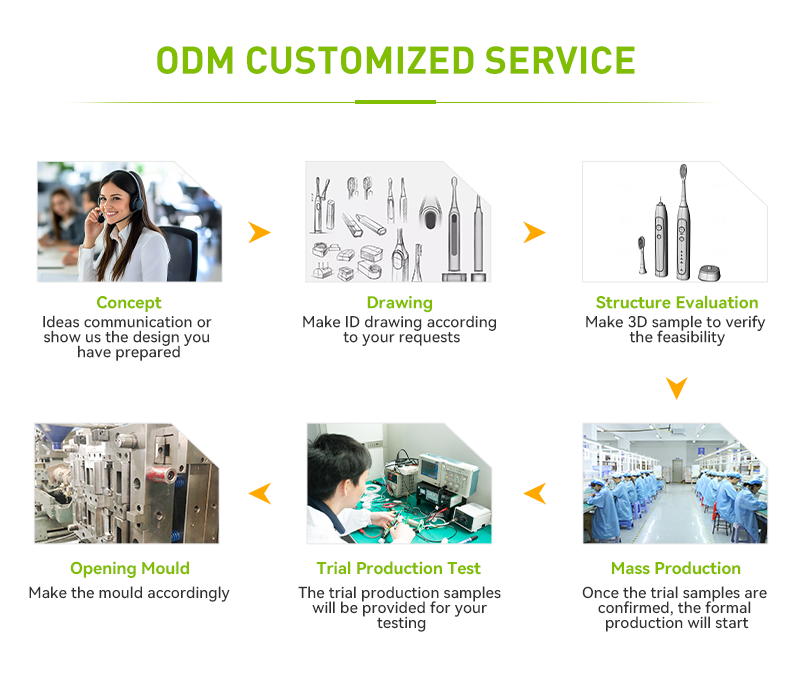
Does Your Contract Manufacturing Agreement Provide Quality Certification Support?
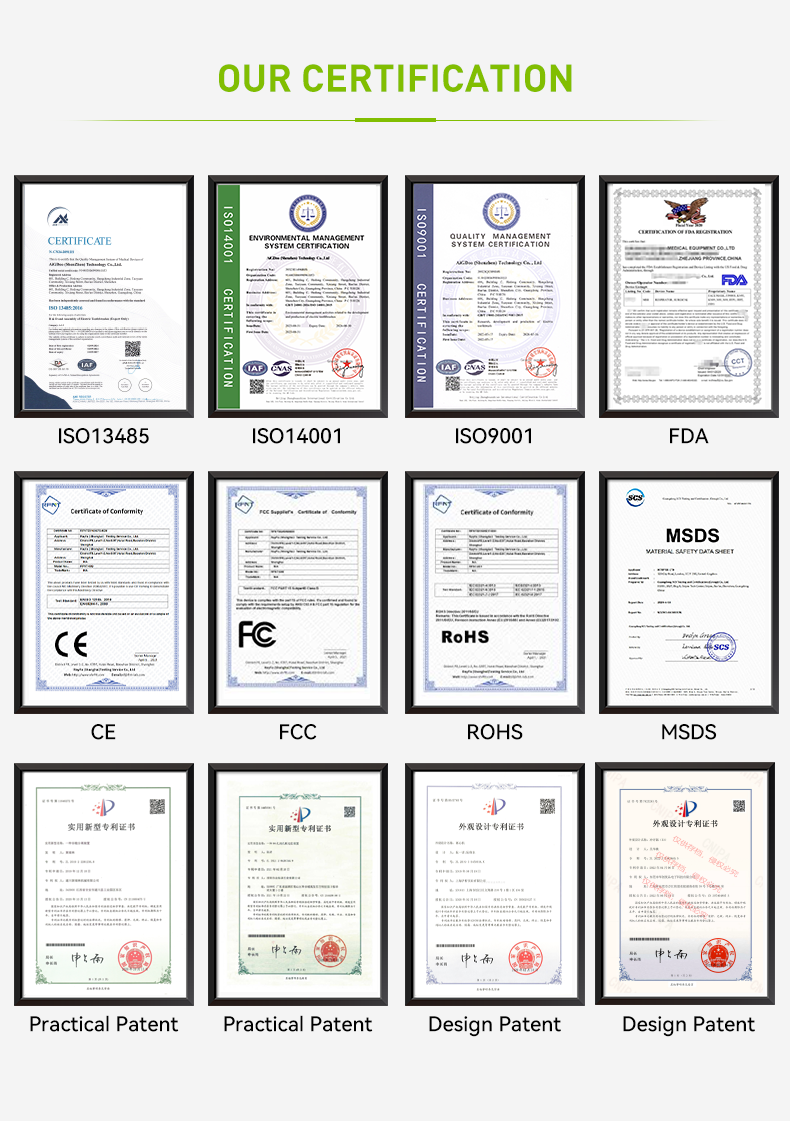
Can a Leak-proof Valve Ensure the Simplicity of a Gravity Feed System?

Should a Custom Whitening Tray Include a Professional Teeth Shade Guide?

Powsmart-Soft Bristle Electric Toothbrush OEM Manufacturer for Sensitive Care

IPX7 Waterproof Toothbrush Supplier for OEM/ODM Oral Care Projects

Sleek Design Electric Toothbrush Manufacturer for Global Brands

How Does Precision Nozzle Manufacturing Achieve Perfect Jet Stream Collimation?
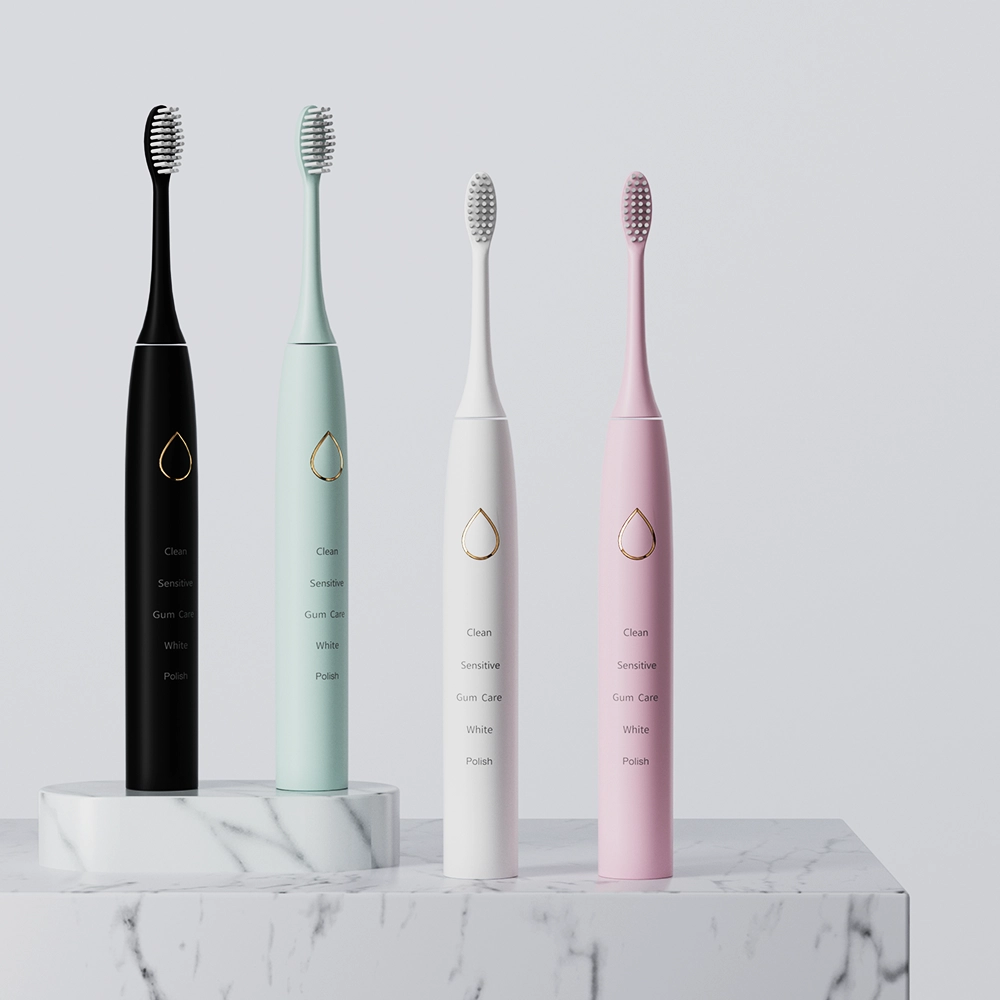
Custom Logo Private Label Sonic Toothbrush
.jpg)
Customizable Kids Electric Toothbrush
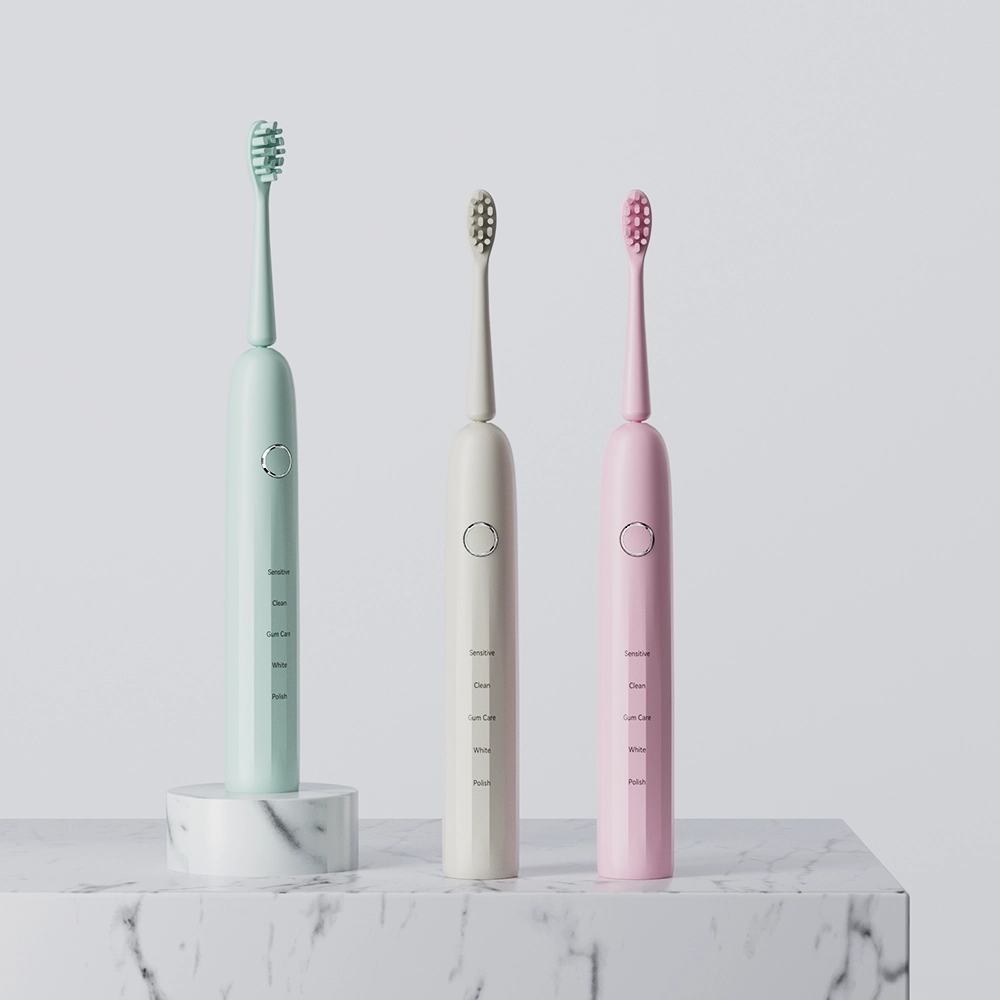
Customizable Sonic Electric Toothbrush Rechargeable
-1.jpg)
OEM Available Electric toothbrush For Kids
.jpg)
Florida Electric Toothbrush – Powsmart PTR-C8
-3-scaled.png)
Household Teeth Whitening Device Custom LOGO
-2-scaled.png)
Private Label Teeth Whitening Accelerating Light
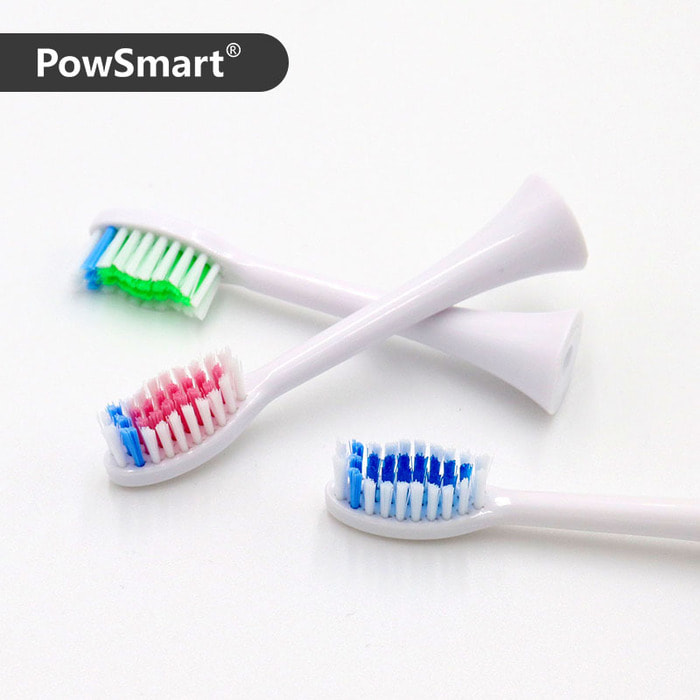
electric toothbrush heads Regular Clean
Regular Clean Brush Head 6mil (0.152mm)Dupont Tynex Classic Bristles. Conveys sonic vibration effectively 80% End-rounded rate, Clean while doesn’t damage enamel Color Reminder: Pedex Reminder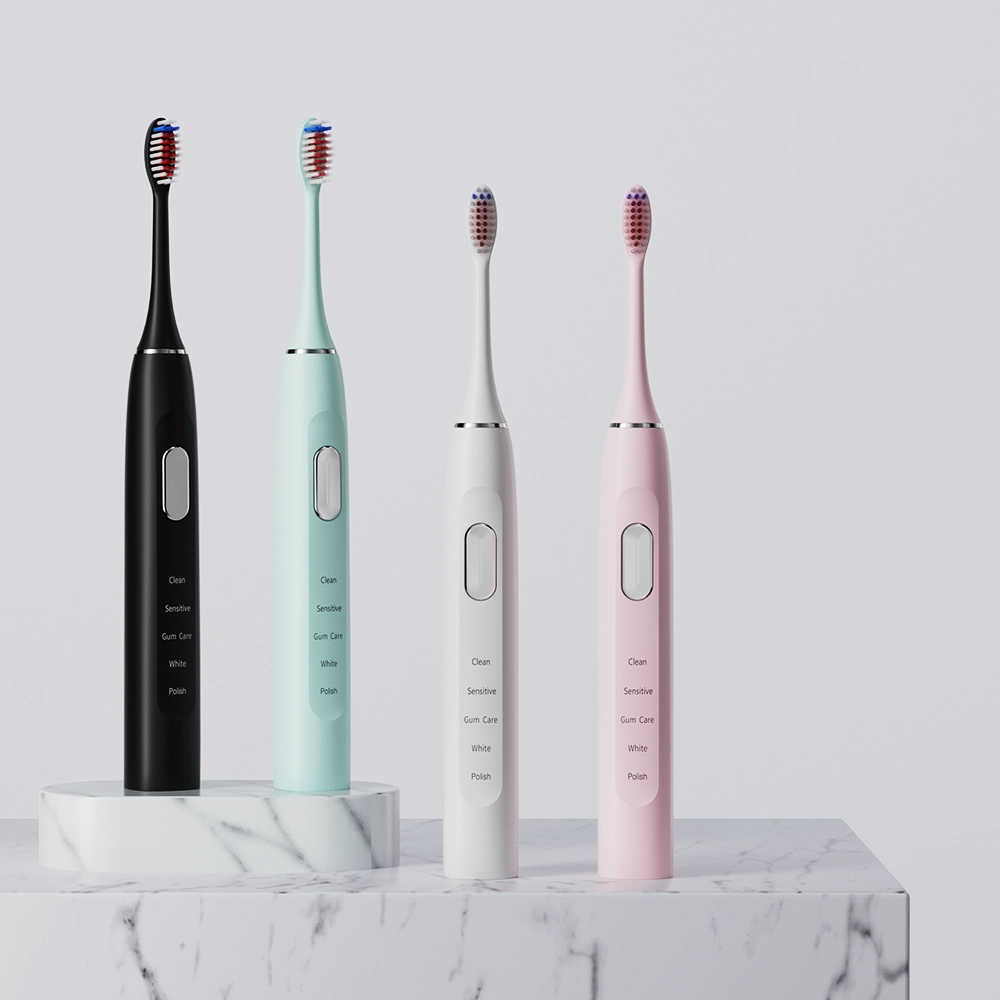
Ultrasonic Electric Toothbrush Custom Logo

LED Sonic Electric Toothbrush Available for Customization
.jpg)
Electric Toothbrush Customized Logo Rechargeable USB-C
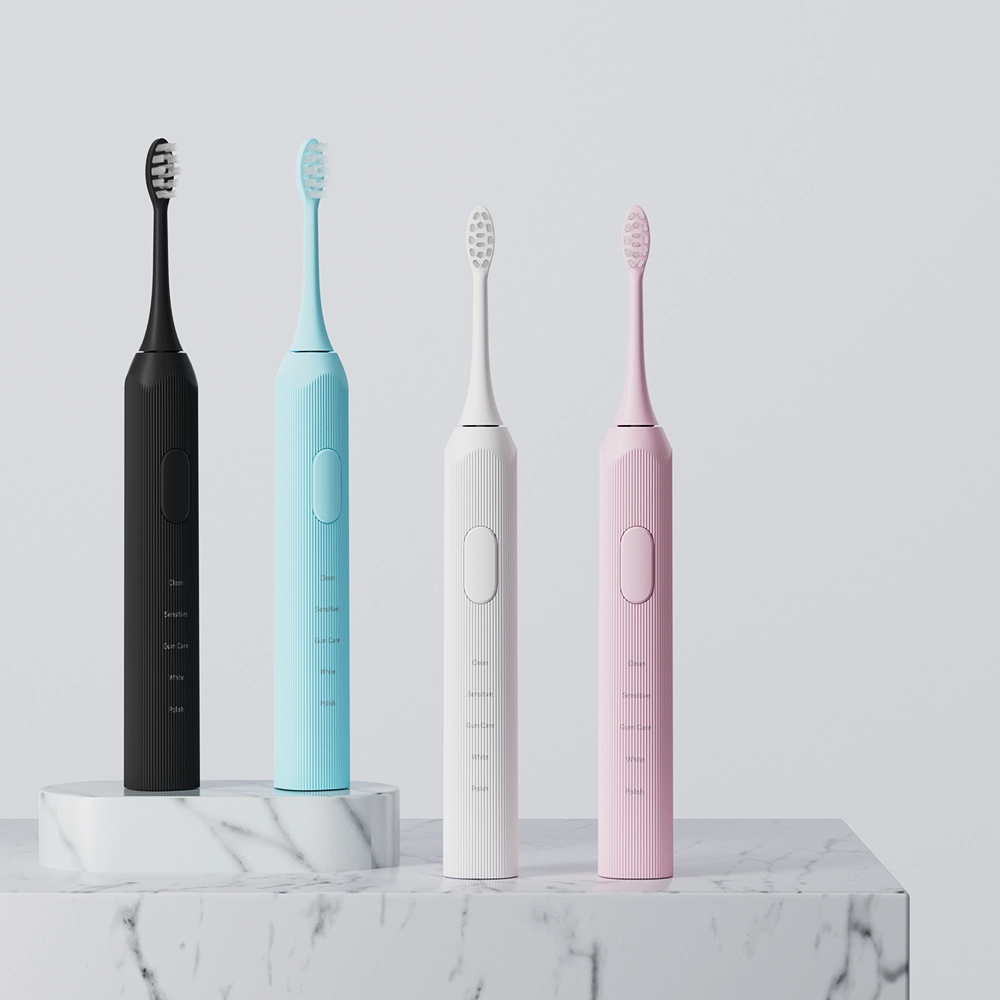
Powered Sonic Electric Toothbrush Anti-slip
.jpg)
Custom Private Label Electric Toothbrush
.jpg)
Customized Powered Smart Toothbrush Three Modes
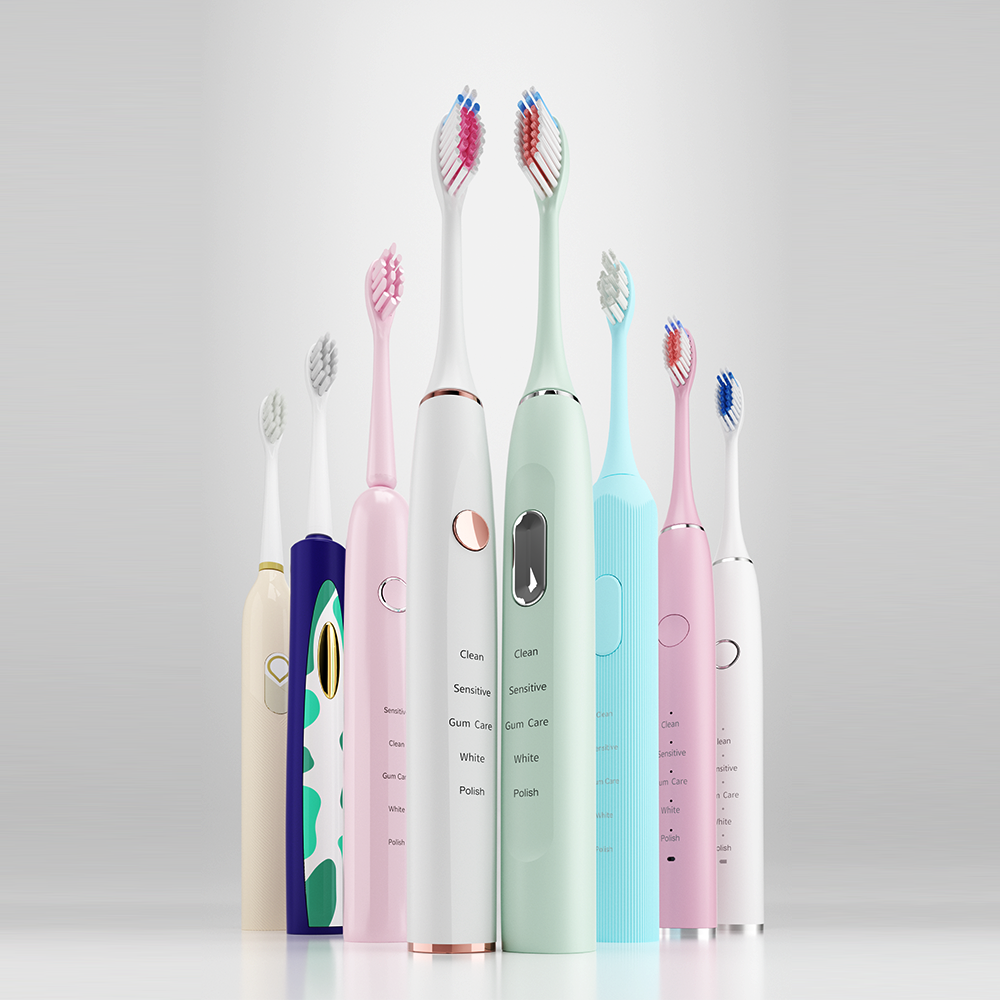
Wave Vibrating Sonic Toothbrush Available for OEM ODM
.jpg)
Accept OEM Electric Toothbrush Bulk Supplier
.jpg)
Sonic Electric Toothbrush Waterproof Custom Logo
.jpg)
Customizable Water Flosser Big Tank UVC Sterilization
Specification Model Name: PTR-X6 Material: PC, ABS Battery type: 2000 mAh lithium battery Rated voltage: DC 3.7V Fully Charged: ≤6H Product Size:76.5x71.5x290mm Waterproof: IPX7 Frequency: 1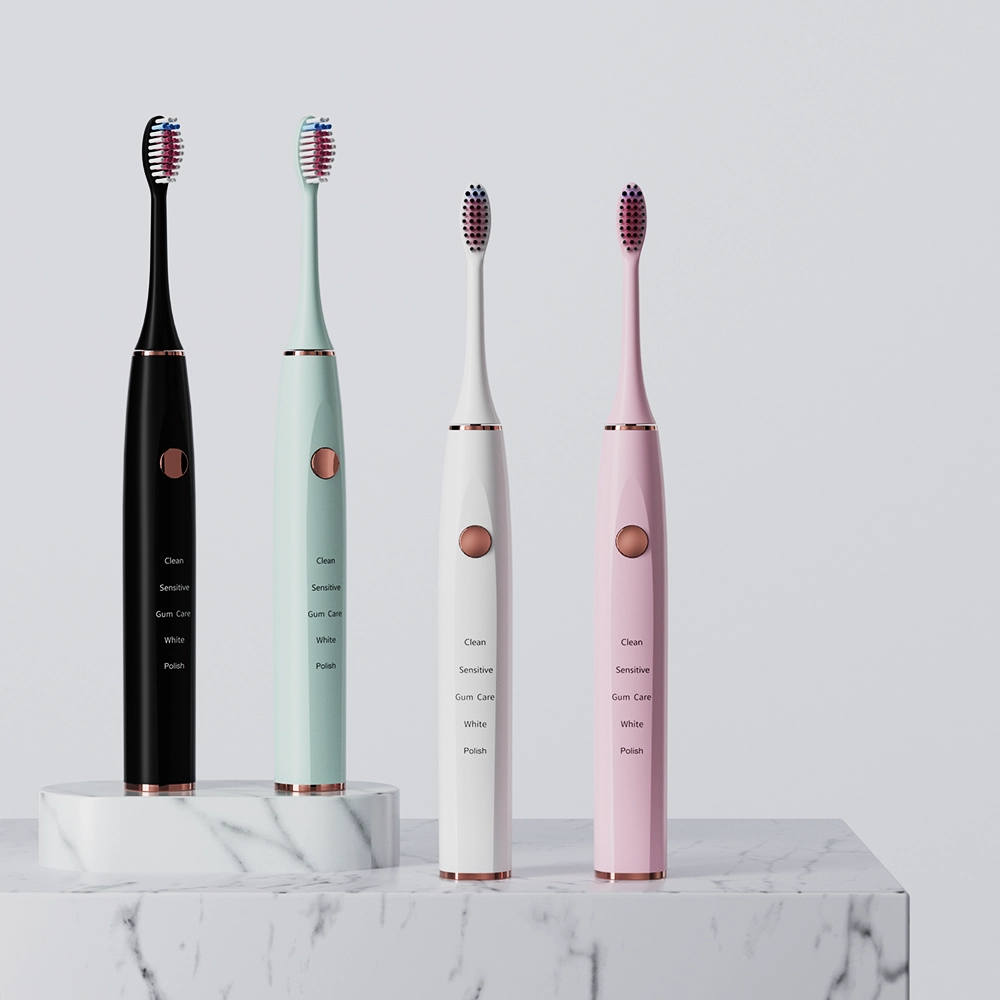
Private Label IPX7 Electric Toothbrush OEM
-1-scaled.png)
Customizable Teeth Whitening LED Light
Customer satisfaction
We prioritize customers' satisfaction by providing exceptional service and support.
sincerity
We are committed to upholding the highest ethical standards in all aspects of our business.

.jpg)
A sonic toothbrush is an advanced type of electric toothbrush that uses high-frequency vibrations to clean teeth.
.jpg)
A smart toothbrush is an electric toothbrush that connects to a smartphone app via Bluetooth.
.jpg)
Electric toothbrushes remove plaque more effectively than manual brushes, promoting better oral health.
Your professional source for private label electric toothbrushes
Your Vision, Engineered by Our Professional R&D. From concept to cutting-edge electric toothbrush.
Perfect Your Electric Toothbrush with Our Precision Sample Development. Let's align vision and reality, sample by sample.
Streamline your supply chain with our high-volume electric toothbrush manufacturing.
Wholesale electric toothbrushes of all types—for every market, every customer.
Our fast worldwide delivery gets your electric toothbrushes to shelves faster.
Our electric toothbrushes are manufactured under advanced ISO9001 & medical-grade ISO13485 standards.
Your most cost-effective electric toothbrush source—quality assured.
If a product is hot, there is a good chance Relish already has it in stock, just waiting for your label.
Get a Sample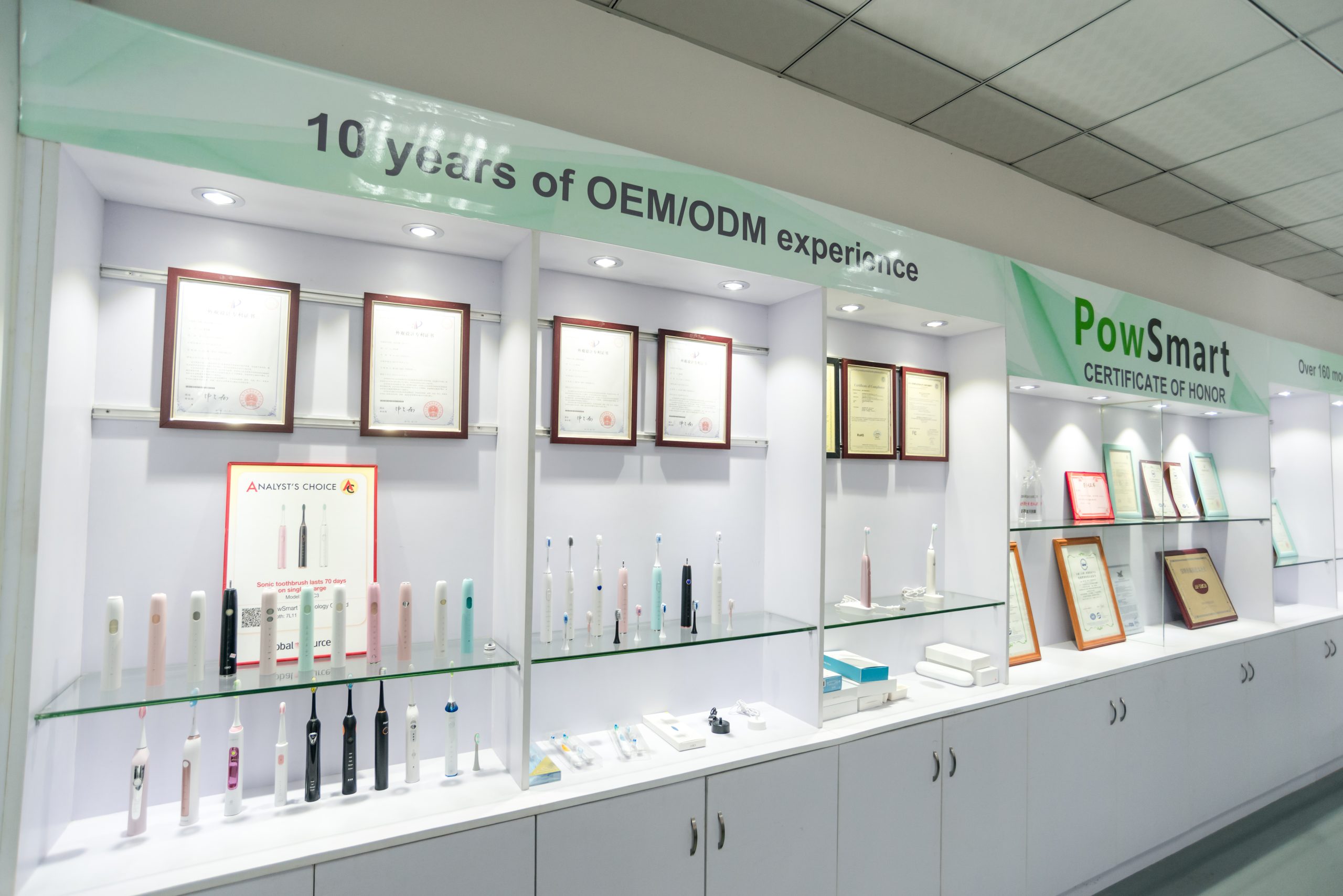
We arexporting our products globally from which the most well-known partners are Walmart, BestBuy, Honeywell, Target, Haier and Xiaomi.

Relish is ISO9001, ISO13485, BSCI certified, and FDA registered, with lots of certifications such as CE, CB, ROHS, CETL, FCC, PSE, SGS, ERP, LFGB, and Reach etc.